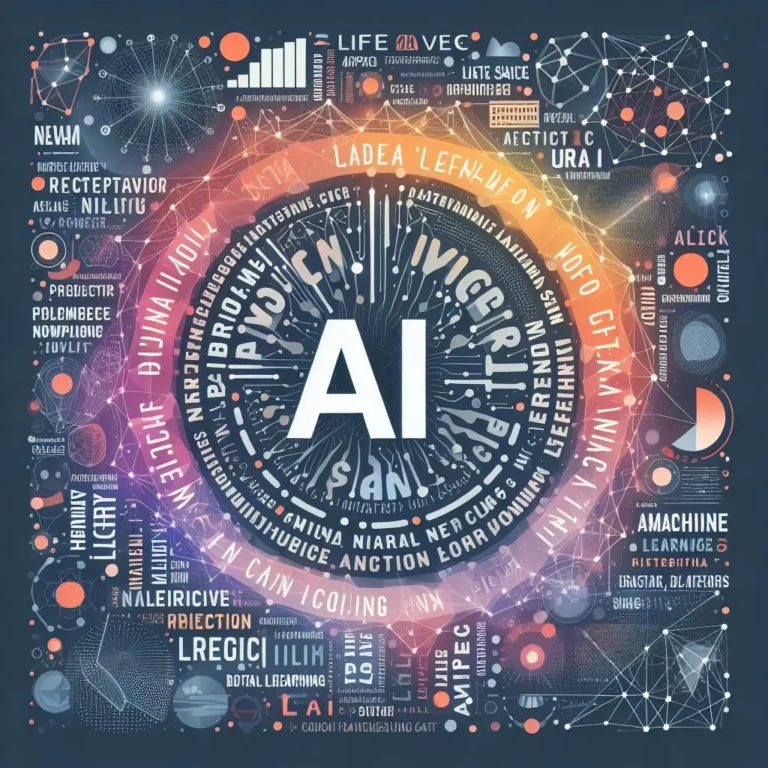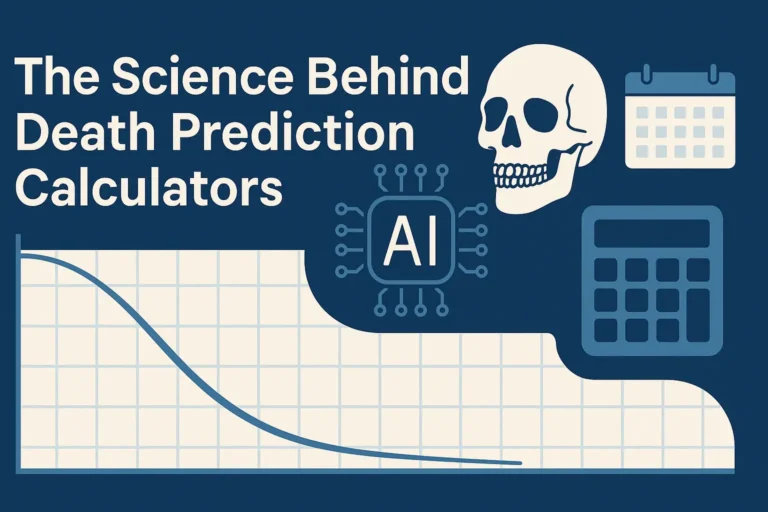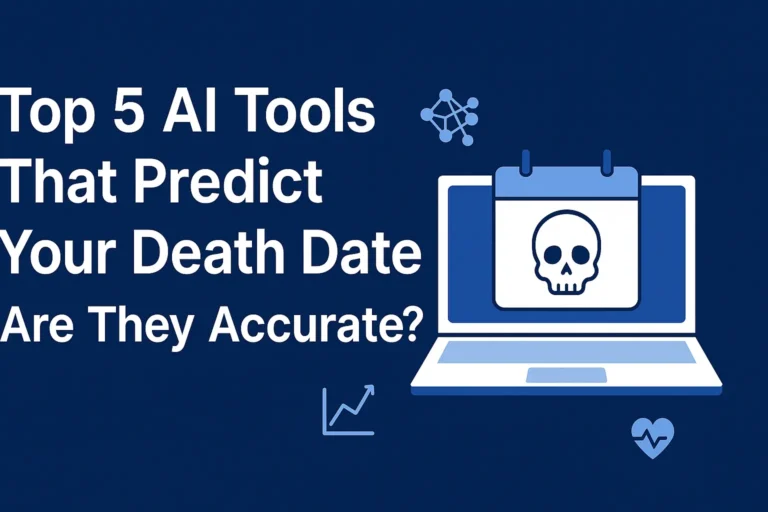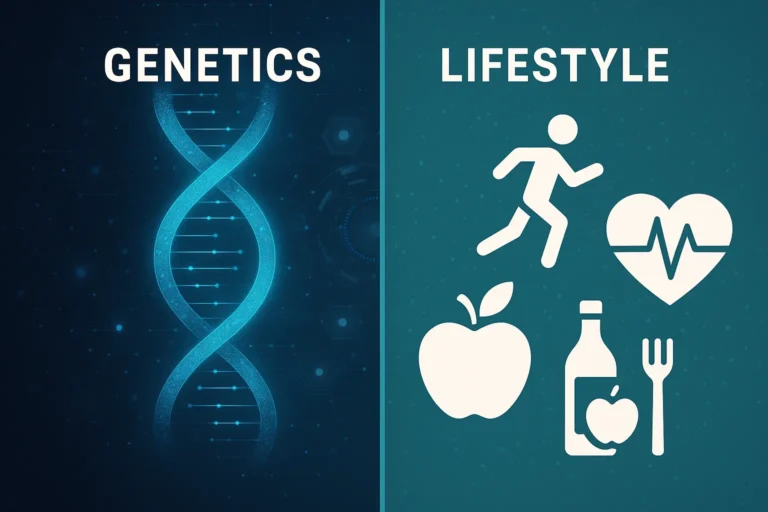Predicting Death -2025: AI Death Calculators vs Medical Tests
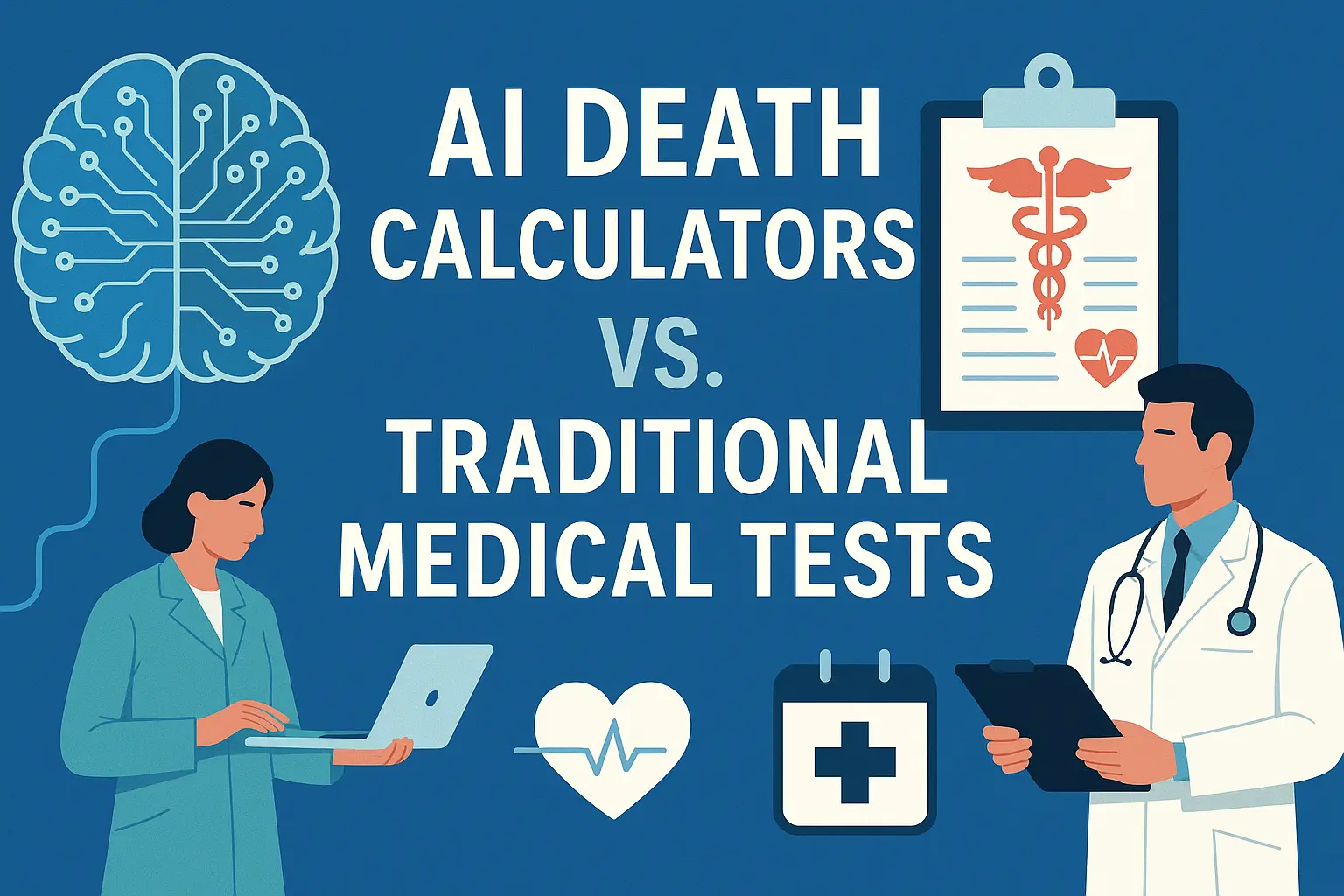
In today’s fast-paced technological world, even the prediction of death is being revolutionized. Here is a comparison of AI death calculators vs medical tests, which one is predicting life expectancy with remarkable precision. But how do we modern AI-driven models stack up against traditional medical tests? Let’s dive deep into the comparison between AI death prediction tools and conventional medical diagnostics, and see what the future of healthcare looks like.
🤖 What is an AI Death Calculator?
An AI death calculator uses artificial intelligence and machine learning algorithms to predict a person’s risk of death within a certain timeframe. These calculators analyze massive amounts of data, including:
- Age
- Medical history
- Lifestyle habits
- Genetic factors
- Lab test results
Advanced models can even factor in environmental exposures, socioeconomic status, and mental health indicators to produce a more accurate estimate. AI tools continuously learn from new data, improving their death prediction accuracy over time.
Popular AI death calculators often boast the ability to predict mortality risk within 6 months, 1 year, or 5 years, helping healthcare providers make proactive decisions.
🏥 Traditional Medical Tests for Predicting Mortality
On the other hand, traditional medical tests rely on physical examinations, diagnostic imaging, blood work, and doctor experience to assess health risks. Some key examples include:
- Cardiovascular stress tests to predict heart-related mortality.
- Blood tests to detect diseases like cancer or diabetes early.
- CT scans and MRIs to find life-threatening tumors or organ failures.
- Chronic disease scoring systems, like the Charlson Comorbidity Index.
These tools, while scientifically proven, often require time-consuming appointments, invasive procedures, and subjective interpretation by healthcare professionals.
🆚 AI Death Calculators vs Medical Tests: Key Differences
| Feature | AI Death Calculators | Traditional Medical Tests |
|---|---|---|
| Speed | Instant online results | Hours to days for results |
| Cost | Often free or low-cost | Expensive lab fees, doctor visits |
| Accessibility | Available 24/7 via websites/apps | Requires hospital/clinic visits |
| Accuracy | Improving constantly with new data | Based on doctor expertise and tools |
| Personalization | Highly tailored to individual data | Based on general medical guidelines |
🧠 The Power of AI in Death Prediction
AI models can detect patterns invisible to the human eye. For example, an AI might recognize subtle indicators in blood test results combined with sleep habits and family history that suggest an elevated mortality risk — something a traditional test might miss.
Moreover, AI can adapt quickly. When new health data becomes available, AI algorithms update their models almost instantly, leading to more up-to-date risk assessments compared to traditional methods.
🛑 Limitations of AI Death Calculators
Despite their promise, AI death calculators aren’t flawless. Some concerns include:
- Bias in datasets: AI can inherit biases from historical medical data.
- Over-reliance on technology: Users might ignore symptoms because of favorable AI results.
- Lack of emotional intelligence: AI cannot replace the empathy and personal touch of a doctor.
It’s important to remember that AI calculators should complement, not replace, professional medical advice.
🌟 The Future: A Combined Approach?
Experts suggest that the best future model may involve integrating AI death calculators with traditional medical practices. By combining the efficiency of AI with the human expertise of doctors, we can achieve a more holistic and accurate prediction system.
Imagine a world where a doctor uses AI as a second opinion tool — verifying AI’s predictions with traditional tests and providing patients with both scientific accuracy and compassionate care.
Conclusion
While traditional medical tests have been the backbone of healthcare for centuries, AI death calculators are proving to be a game-changing supplement. They offer speed, convenience, and evolving accuracy that could transform early intervention and healthcare planning. However, the human touch in healthcare remains irreplaceable. The future lies not in choosing one over the other, but in merging AI innovation with traditional medical wisdom for the best possible outcomes.
For a closer look at how modern AI predicts life expectancy, visit our homepage: AI Predict Death Calculator

